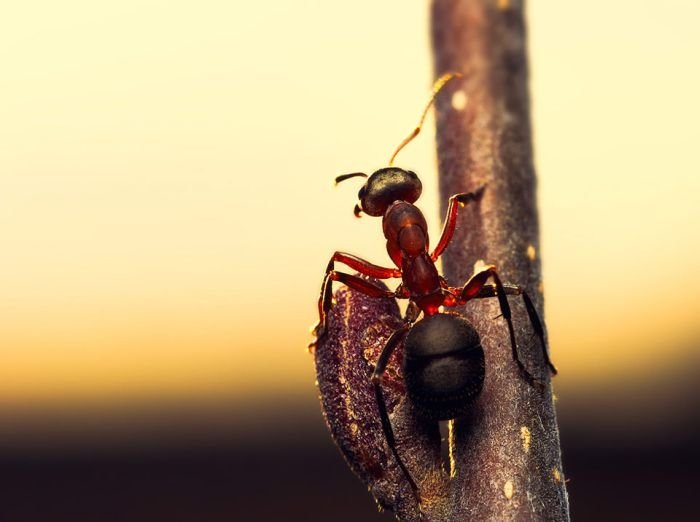|
|
Macro Photography By Joni Niemela
|
- Reversing a lens of lesser focal length in front of a normally mounted lens using an inexpensive macro coupler, which screws into the filter threads on the front of the two lenses to join them mechanically. This method allows most cameras to maintain the full function of electronic communication with the normally mounted lens for features such as open-aperture metering. Magnification ratio is calculated by dividing the focal length of the normally mounted lens by the focal length of the reversed lens (e.g., when an 18 mm lens is reverse mounted on a 300 mm lens the magnification ratio is 16:1). The use of automatic focus is not advisable if the first lens is not of the internal-focusing type, as the extra weight of the reverse-mounted lens could damage the autofocus mechanism. Working distance is significantly less than the original lens. This amounts to using a lens normally used as a main photographic objective as an auxiliary lens.
- Depth of field is extremely small when focusing on close objects; a small aperture (high f-number) is often required to ensure sufficient depth of field. This requires either a slow shutter speed or bright lighting for correct exposure; in all but the brightest natural lighting if a prolonged exposure is not advisable, auxiliary lighting (such as from a flash unit) is required. Uniform lighting can be difficult with subjects very close to the lens; a ring flash mounted on the front of the lens can provide even illumination. Good results can also be obtained by using a flash diffuser, which can be made of inexpensive Styrofoam.
|
|









